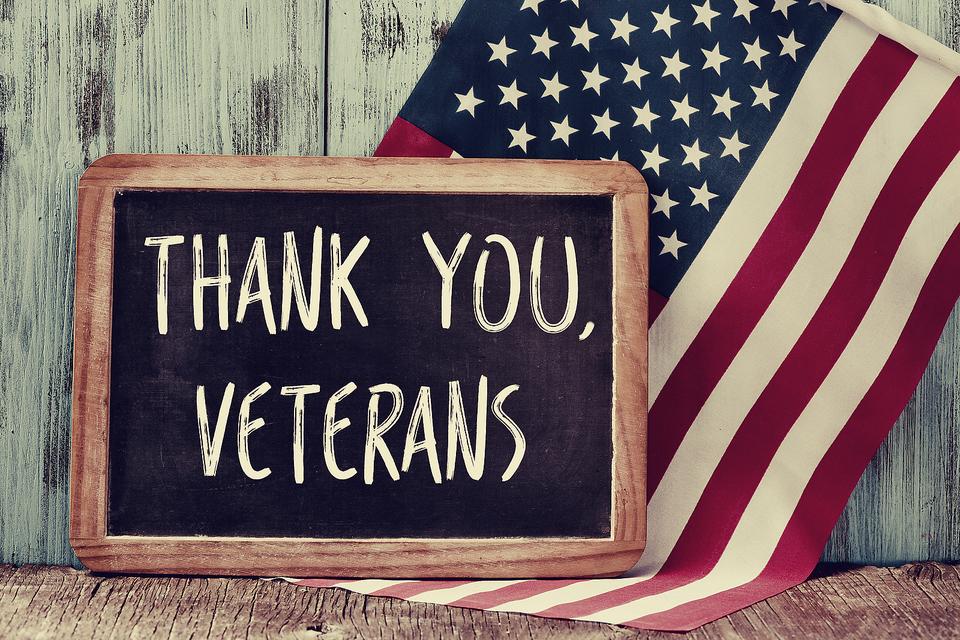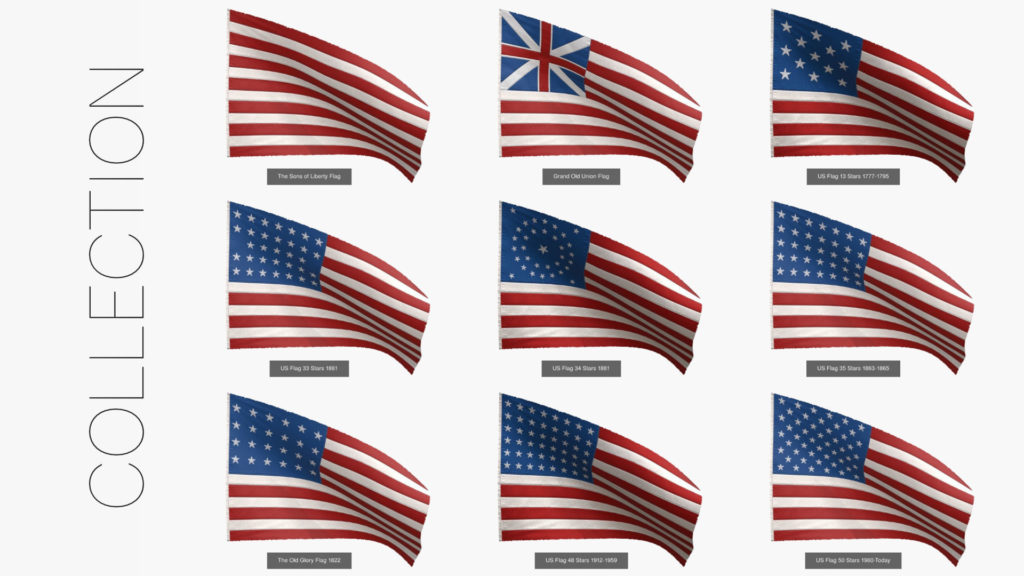Do you wonder about that true meaning of Memorial Day, and too afraid to ask? Let’s us help you out, including the how it differs from Veterans Day, and why the red poppy is a traditional symbol—with unexpected origins.

WHEN IS MEMORIAL DAY This Year?
This United States Federal holiday is observed on the last Monday of May to honor the men & women who have died while serving in the military.
| Year | Memorial Day |
| 2020 | Monday, May 25 |
| 2021 | Monday, May 31 |
| 2022 | Monday, May 30 |
WHAT’S THE DIFFERENCE BETWEEN MEMORIAL DAY AND VETERANS DAY?
Both Memorial Day and Veterans Day, is about remembering and honoring the countless veterans who have served the U.S.A throughout the country’s history. However, there is a distinction between the two holidays:
- Memorial Day commemorates the men and women who died while in the military service of their country, particularly those who died in battle or as a result of wounds sustained in battle. In other words, the purpose of Memorial Day is to memorialize the veterans who made the ultimate sacrifice for their country. We spend time remembering those who lost their lives and could not come home, reflecting on their service and why we have the luxury and freedom that we enjoy today. We might consider how we can support and safeguard their grieving families and loved ones who are left behind.
- Veterans Day is the day set aside to thank and honor ALL who served—in wartime or peacetime—regardless of whether they died or survived. Veterans Day is always observed officially on November 11, regardless of the day of the week on which it falls. Read more about Veterans Day.
Raise the flag with honor and respect! See guidelines for flying the American Flag.

FACTS AND HISTORY OF MEMORIAL DAY
On Memorial Day in the United States, the common traditions are visiting cemeteries and memorials, attending parades and volunteers often place American flags on each grave site at national cemeteries. Did you know there is a national moment of remembrance takes place at 3:00 p.m. local time.
In early rural America, the custom of honoring ancestors by cleaning cemeteries and decorating graves was usually performed in late summer and was an occasion for family reunions and picnics. After the Civil War, America’s need for a secular, patriotic ceremony to honor its military dead became prominent, as monuments to fallen soldiers were erected and dedicated, and ceremonies centering on the decoration of soldiers’ graves were held in towns and cities throughout the nation.
After World War I, the day expanded to honor those who have died in all American wars.
A Lasting Legacy
No less than 25 places have been named in connection with the origin of Memorial Day, and states observed the holiday on different dates. In 1971, Memorial Day became a national holiday by an act of Congress; it is now celebrated annually on the last Monday in May.

Wonder how THE POPPY became a SYMBOL OF MEMORIAL DAY?
In the war-torn battlefields of Europe, the common red field poppy (Papaver rhoeas) was one of the first plants to reappear. Its seeds scattered in the wind and sat dormant in the ground, only germinating when the ground was disturbed—as it was by the very brutal fighting of World War 1.
John McCrae, a Canadian soldier and physician, witnessed the war first hand and was inspired to write the now-famous poem “In Flanders Fields” in 1915. He saw the poppies scattered throughout the battlefield surrounding his artillery position in Belgium.
The Poppy Lady
When American soldiers entered World War I, Moina Belle Michael, a schoolteacher from Georgia, knew she had to act. Some of the soldiers were her students and friends. Almost single-handedly, Moina worked to establish the red poppy as the symbol to honor and remember soldiers. And she devoted the rest of her life to making sure the symbol would last forever. Thanks to her hard work, that symbol remains strong today.
The Symbol Spreads Abroad
The wearing of the poppy was traditionally done on Memorial Day in the United States, but the symbolism has evolved to encompass all veterans living and deceased, so poppies may be worn on Veterans Day as well. Not long after the custom began, it was adopted by other Allied nations, including Canada, Australia, New Zealand, and the United Kingdom, where it is still popular today. In these countries, the poppy is worn on Remembrance Day (November 11).
Today, poppies are not only a symbol of loss of life, but also of recovery and new life, especially in support of the servicemen who survived the war but suffered from physical and psychological injuries long after it ended.
MEMORIAL DAY WEEKEND ALSO MARKS THE UNOFFICIAL START OF SUMMER


